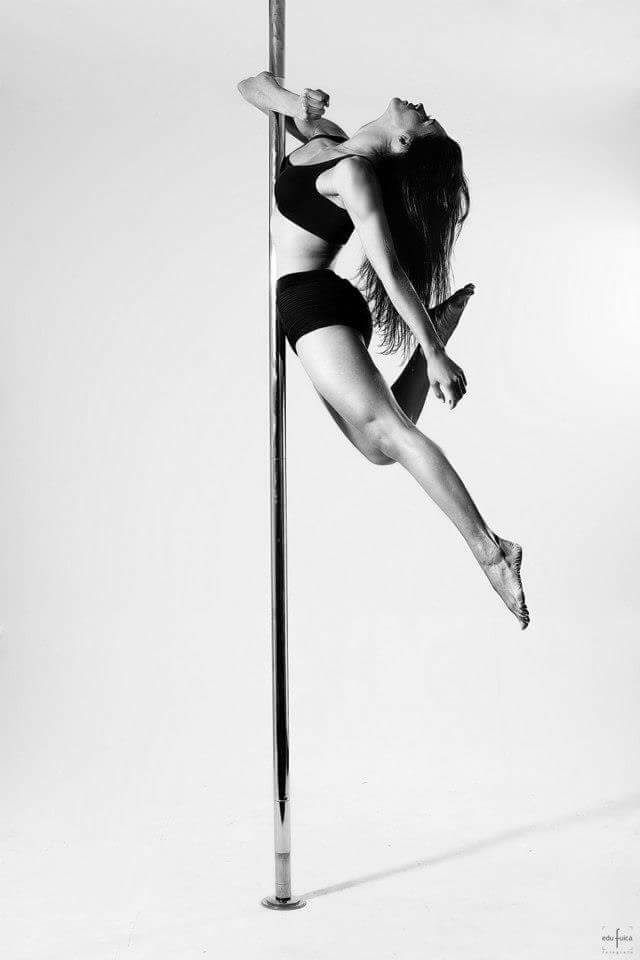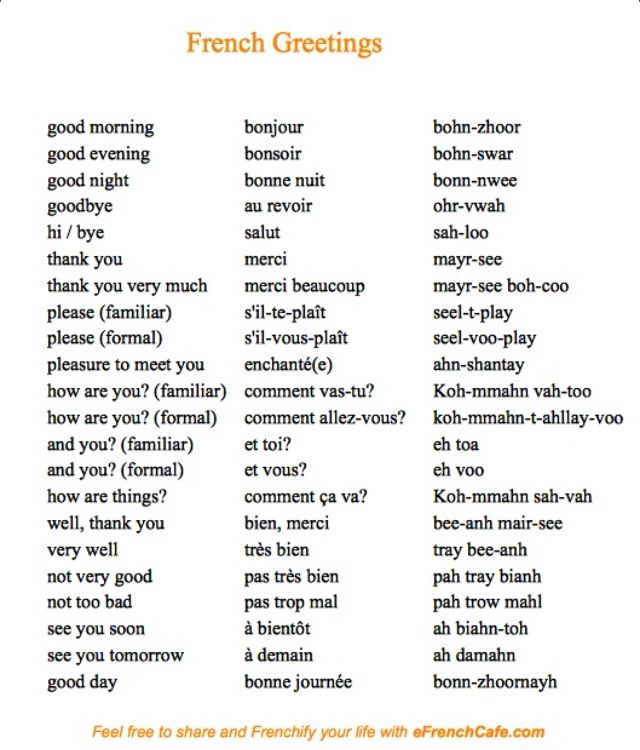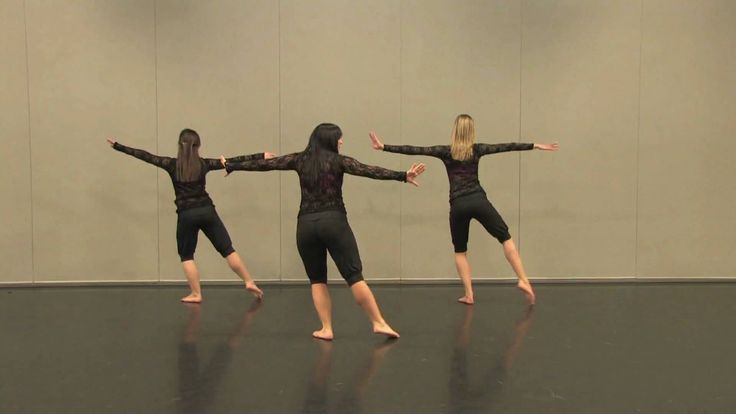How to do the caterpillar dance
The Very Hungry Caterpillar Day dance. |
Kym Articles, Dance for Early Childhood, Integrating Dance
The much-loved children’s book, The Very Hungry Caterpillar by Eric Carle, is celebrated each year on the 20th March around the world. It is held on this day to celebrate the beginning of Spring in the northern hemisphere. This is a great opportunity to celebrate this book by doing a dance activity with your early years class.
The possibilities are endless for learning activities using this visually beautiful book for young readers. The Very Hungry Caterpillar addresses many education areas without seeming forced or unnatural.
Think about all the different aspects of The Very Hungry Caterpillar that could be used for a dance activity; colours, numbers, days of the week, metamorphosis, names of fruit, healthy eating, identifying the difference between junk food and healthy food, not to mention visual arts learning through the colourful collages.
Use puppets as a warm up for the dance activity.
Using the puppets when reading The Very Hungry Caterpillar can be a good way to start children thinking about how the character may move on the different days. It also encourages fine motor dexterity as they manipulate the puppet in different ways to make meaning.
When using puppets try to encourage improvised dialogue as this can be a good orientating activity for the dance activity to follow. You could buy the finger puppet edition of the book or use it as an opportunity for a Visual art activity.
Alternatively, there are printable images from the book that you could put on paddle pop sticks. Make finger puppets with the children by painting the caterpillar onto their fingers with nontoxic paint or use the finger of a glove or make felt ones that can be decorated with felt pens, wool, felt and scraps of material.
These become art works in themselves and can be used as a Drama activity or in conjunction with the dance activity below.
Using puppets can help children to focus on the character and what the caterpillar may be thinking, how it would move and why.
The Very Hungry Caterpillar Dance Activity
These activities are specifically for students in the early years and explore several dance elements that are applicable to most curriculum from K-2. They give the children ways to explore small and large shapes, fast and slow tempo and bound and free dynamics.
Each activity may be done as a part of reading The Very Hungry Caterpillar or can be done all at once to create a dance. There are some music suggestions at the end but you could use any music that suggests the mood of the activity.
The activities at the beginning (#1 and #2), are designed to warm up the body in preparation for the higher energy movements at the end.
-
Moon to rising sun (shape, size, small to large)
The children make moon shapes with their bodies and slowly stretch out to make a sun shape with a wide stance and high outstretched arms.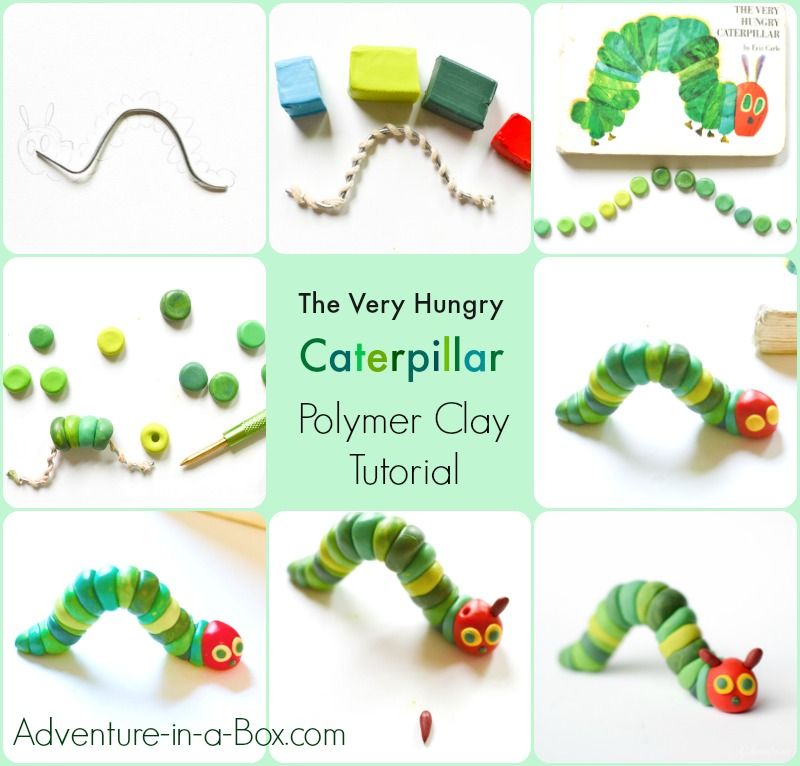 Encourage the children to use a deep breath for this movement and explore which different parts of their body they are using
Encourage the children to use a deep breath for this movement and explore which different parts of their body they are using
Guiding questions: What parts of your body do you feel as you make this wide shape? Can you make a wide shape using different parts of your body?
-
Awakening caterpillar (controlled rolling)
Lying on the floor in a curled up small shape gently roll from side to side. Make sure the movement is slow and feels like the floor massaging the back.
Guiding questions: How do you feel rolled up in your little ball? How are you using your body to control how fast you roll?
-
Fruit number movements (duplicating movement)
Individually explore a movement for each piece of fruit. The children need to remember what their movement was. This may mean that they rehearse their own movement several times. They then do their movement the number of times that is mentioned in the book. For example, you would do the plum movement 3 times.
For example, you would do the plum movement 3 times.
For younger children you could make up these movements together and decide which one you are going to use for each piece of fruit.
Guiding question: Did you remember your movement?
-
Junk food improvisation (balancing still shapes)
For each of the food types in the final day of eating, the students improvise a still shape that looks like the food. They must hold the shape still until the next food is named.
Guiding questions: Which shape was the hardest to hold completely still? Point to the muscles that you had to use to hold that shape still?
-
Full caterpillar breathing (breathing, small to large shapes)
Breathing deeply in and out, grow your body gradually to the widest shape you can like a big fat caterpillar. Make sure you use a facial expression that shows how full and sick you feel.
Guiding question: Did you feel your body growing? Was it growing in all directions?
-
Cocooning (skill development turning)
Turning slowly in a circle or rolling the arms in front of the body as the you slowly lower to a low level cocoon shape.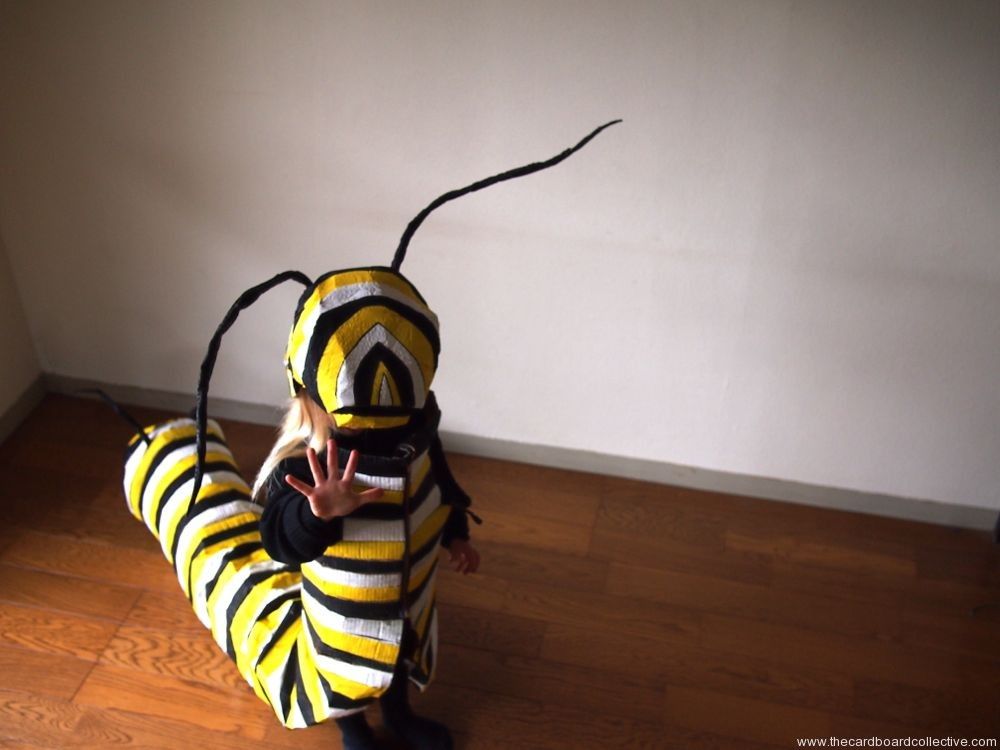 Some children will find turning in a circle difficult to balance and should be encouraged to roll their arms for safety. Older children can do both movements at the same time.
Some children will find turning in a circle difficult to balance and should be encouraged to roll their arms for safety. Older children can do both movements at the same time.
When the children are at a low level you may want to place a light, transparent piece of fabric over them. Encourage them to feel as if they are resting their bodies ready for high action.
-
Breaking out push (dynamics, bound to free)
Brainstorm movement words that are used to describe pushing out of the cocoon. You could include wriggle, squirm, push, reach, or burst. They then try to do those actions as you say the words they have used.
Guiding question: Did you feel as if you were breaking out? What movements did you have to use? Were they fast, slow, strong or weak?
-
Butterfly tempo improvisation (tempo, fast to still to slow)
Here children improvise as you describe the freedom of flying. To make this activity safe and to teach body control move from fast movements to pausing and then moving slowly. Some movement word to use as you describe them moving could be leaping, landing, turning, pausing or resting.
Some movement word to use as you describe them moving could be leaping, landing, turning, pausing or resting.
Guiding question: How did this movement make you feel?
Ideas for music for The Very Hungry Caterpillar dance activity
The Very Hungry Caterpillar Song: you can stop this after chorus and explore the movement then do it with the next part of the music.
Let’s Sing with Eric Carle’s Book: this could be appropriate for a younger age group but is not as catchy.
Adding costumes or using props also helps children to move into the caterpillar’s imagined world. This may be as simple as using a piece of light fabric that doubles as wings for the butterfly and to wrap themselves up in as their own cocoon.
The repetitive language is ideal for little ones to ‘read along’. Be sure and use an edition that has larger print and that the holes are big enough for the children to put their fingers in.
There are so many learning activities you can do using the inspired writing and art of Eric Carle. There are as many layers of educational content as there are layers of tissue paper in the collage that illustrates the book. So, decorate your classroom with some caterpillar inspired bunting and celebrate Very Hungry Caterpillar Day.
There are as many layers of educational content as there are layers of tissue paper in the collage that illustrates the book. So, decorate your classroom with some caterpillar inspired bunting and celebrate Very Hungry Caterpillar Day.
The Caterpillar's Day / Dancing the Key Competencies / Units and sequences / Primary teaching resources / Teaching and Learning / Home
Back to the 'Jump link' navigation, at the top of the page
Writer: Julie Cadzow
Years 1-2 Level 1 Duration 1-2 lessons
The students turn into dancing caterpillars. They wriggle, stretch, bend and twist, and create movement from 6 action words to represent the caterpillar's life cycle.
Key Competency
Using Language, Symbols and Texts The students will discuss a diagram/chart of the life cycle of a caterpillar. Through movement exploration, the students will recognise and understand the meanings of six action words (Hatch, Search, Chew, Grow, Weave and Unfold). They will use movement to represent and to communicate the idea of the life cycle of a caterpillar.
They will use movement to represent and to communicate the idea of the life cycle of a caterpillar.
Achievement Objectives
Developing Practical Knowledge in Dance (PK): Level 1 Students will explore movement with a developing awareness of the dance elements of body, space, time, energy and relationships
Developing Ideas in Dance (DI): Level 1 Students will improvise and explore movement ideas in response to a variety of stimuli
Communicating and Interpreting in Dance (CI): Level 1 Students will share dance movement through informal presentation and share their thoughts and feelings in response to their own and others' dance
Specific Learning Outcomes
The student will: LO1 Perform selected locomotor and non-locomotor movement on different levels LO2 Create movement using selected action words LO3 Participate in a short class dance about the life cycle of a caterpillar
Key Words
Locomotor movement, Non-locomotor movement, Hatch, Search, Chew, Grow, Weave, Unfold
Resources
Dance Teacher's Tool Kit : Dance Vocabulary - Locomotor, Non- locomotor, Using the Dance Vocabulary Cards
Chart/diagram of the life cycle of a caterpillar or butterfly
Action Words (Word 34 KB)
Tambourine/drum
Music: Kiwi Kidsongs 13
Teaching and Learning Sequence
-
- Class in a group on the floor.
 Discuss what they know about the life cycle of a caterpillar /butterfly. Look at the life cycle poster and discuss. Show the action words and match them to the appropriate place in the life cycle. Mix the action words up and the students identify each word and arrange in time order.
Discuss what they know about the life cycle of a caterpillar /butterfly. Look at the life cycle poster and discuss. Show the action words and match them to the appropriate place in the life cycle. Mix the action words up and the students identify each word and arrange in time order. - Lolly Scramble = safe place for each student to work without interference from other students. Gather group into a safe but tight bunch. With the shaking of a tambourine, students move out away from everyone else and sit down. This becomes their Lolly Scramble spot. They may need several rehearsals at this skill and may even need their own dot on the floor (perhaps marked with chalk, a cone or other marker of some sort).
- Explore shapes and levels on their spot - tiny, wide, curved, pointy, tall, bent, flat on the floor, balances - on 1 leg, 1 hand and 1 foot etc
- Pretend your arm is a caterpillar moving along a leaf
- Make your caterpillar arm reach up high for a bite of a delicious leaf
- Make your caterpillar arm twist behind you, around you, out to one side, out to the other side
- Now make it move across the floor
- Pretend your foot is a caterpillar moving along a leaf
- How far can your caterpillar foot move to the side
- Make your arm move like a caterpillar and then your foot
- Show me how your nose can be a caterpillar!
- Class in a group on the floor.
Dance Vocabulary Cards (RTF 2 MB)
Using the Dance Vocabulary Cards
- Locomotor movement (travelling movement) Organise the class into a line and lead the class on a travelling journey:
- Walk as slowly as you can
- Walk with 2 caterpillar arms reaching up and down for food
- A very fast caterpillar
- A wriggling caterpillar - how many body parts can they wriggle?
- A giant striding caterpillar
- A caterpillar who can walk on his/her heels, toes, insides of the feet, outsides of the feet
- Change direction and follow the last student in the line to be a crawling caterpillar
- A caterpillar wriggling on his/her stomach
- Gather the students in a close group again and 'lolly scramble' to a safe spot.

- Take students through each action word, relating each word to the appropriate life cycle stage. HATCH: How will you hatch out of your egg? Will you explode, climb, push, leap or slide? What parts of your body are going to move? SEARCH: How does a tiny caterpillar move? What body parts do you need to use? How do you climb up a delicious leaf? Show me how you can crawl on your stomach? CHEW: You have found a delicious cabbage leaf. How are you going to eat it? Where do you start? Pretend your arm is a caterpillar. Show me how your arm can chew. GROW: You have eaten lots of cabbage leaves and have begun to grow into a big caterpillar. Start in a small caterpillar shape and slowly stretch out/up/along into a bigger caterpillar shape. Now move out in your favourite caterpillar way to make a big circle of huge caterpillars WEAVE: Discuss safety and ensure that the students are aware of each other. By walking on lots of curves and circles, show me how you can move around the room weaving your chrysalis.
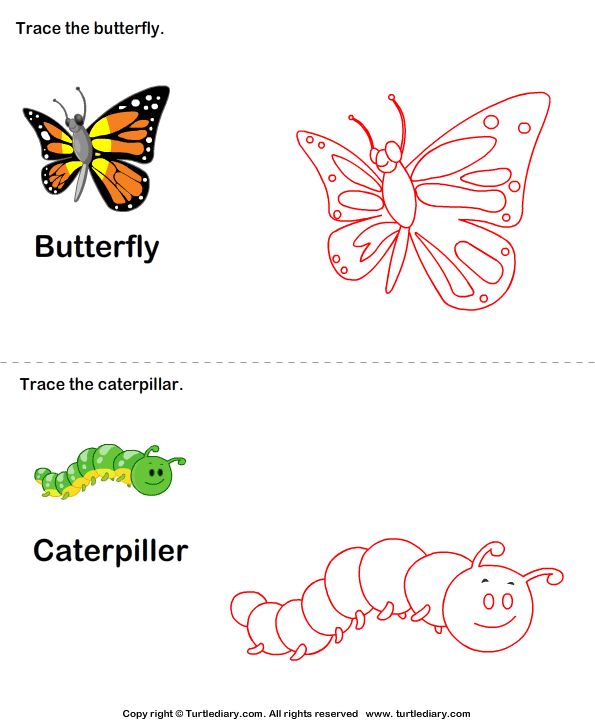 Lets make one big class cocoon. Organise class to make one big circle. (This may take some practice) UNFOLD: We are going to open out into a whole class of butterflies. Take class through opening out of torso, arms and legs. Children move around the room as butterflies and fly back to their 'Lolly scramble spot'
Lets make one big class cocoon. Organise class to make one big circle. (This may take some practice) UNFOLD: We are going to open out into a whole class of butterflies. Take class through opening out of torso, arms and legs. Children move around the room as butterflies and fly back to their 'Lolly scramble spot' - Review the life cycle and the favourite moves the children made for each action word.
- Repeat the entire life cycle as a 'dance' with narration from the teacher. Suggested music: Kiwi Kidsongs 13 - Seasons, Track 13 (instrumental version) Class discussion: What was your favourite part? What was the hardest way of moving that you tried? What was it like being in one big cocoon?
Assessing the Learning
Teacher observation of movement exploration The Learning Outcomes
| The Caterpillar's DayName_____________ | Beginning | Achieved | Developed | |||
| PK: Perform selected locomotor and non-locomotor movement on different levels | ||||||
| DI: Create movement using selected action words | ||||||
| CI: Participate in a short class dance about the life cycle of a caterpillar | ||||||
| Comments: | ||||||
Printing this unit
To download and print this unit, select from RTF or PDF formats:
The Caterpillar's Day (RTF 232 KB)
The Caterpillar's Day (PDF 195 KB)
la chenille
Premium Historique Favoris
Publicite
Telecharger pour Windows Gratuit
Telechargez notre application gratuite
Publicite
Publicite
Aucune publicité
avec Premium
francais
arabe allemand anglais espagnol francais hebreu Italian japonais neerlandais polonais portugais roumain Russian suedois turc Ukrainian chinois
Russian
Synonyms arabe allemand anglais espagnol francais hebreu Italian japonais neerlandais polonais portugais roumain Russian suedois turc Ukrainian chinois Ukraine
Ces exemples peuvent contenir des mots vulgaires lies à votre recherche
Ces exemples peuvent contenir des mots familiers liees à votre recherche
tracks
beetle
caterpillar
caterpillar
"The Very Hungry Caterpillar"
dance conga
chenille
Aaron habillé comme Cecil la chenille .
Eron is wearing caterpillar suit Cecil.
Mais ces cellules apparaissent dans la chenille et disent:
But these imaginary cells appear inside tracks
Ne descendez pas de la chenille
Don't get off beetle ,
Si vous descendez de la chenille
if you get off the beetle .
Mais à la fin, les cellules créatives continuent à croître pour prendre en main le destin de la chenille et devenir, ce cocon.
Ultimately, the imaginary cells continue to grow And take the fate of caterpillar into their own hands And place it in a cocoon.
Les fléaux du Brésil.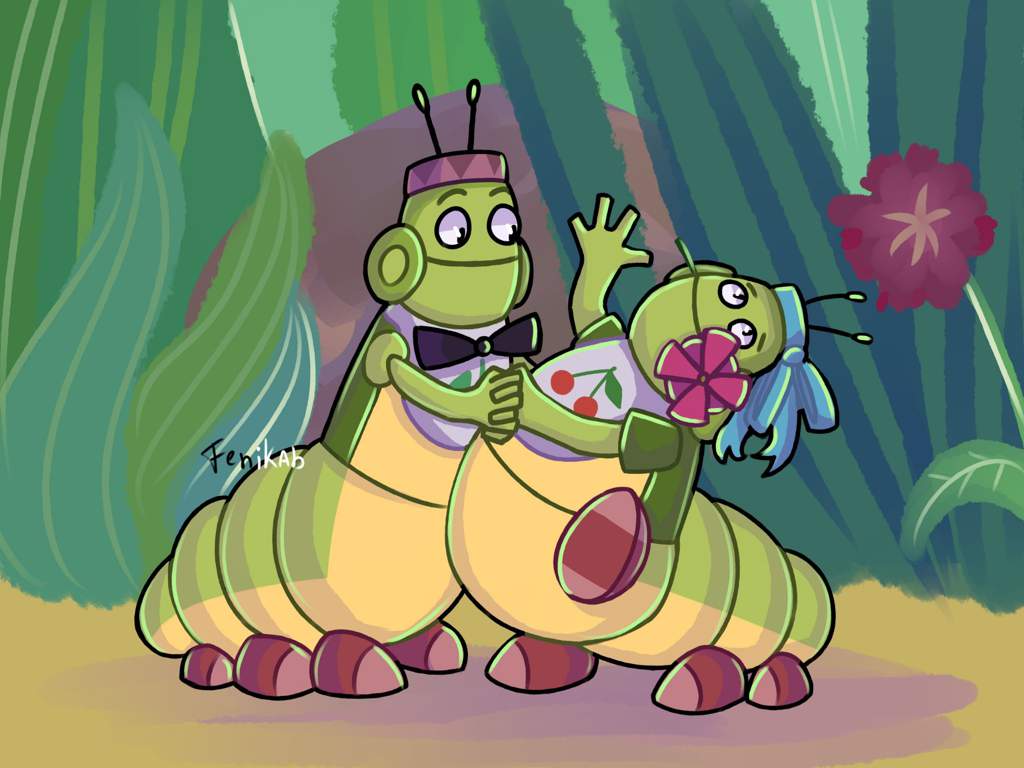 .. ce sont les parasites du café, la chenille rose... le football, le moustique Pium... le muriçoca, le vareja et tous les autres moustiques.
.. ce sont les parasites du café, la chenille rose... le football, le moustique Pium... le muriçoca, le vareja et tous les autres moustiques.
Brazil's plague is coffee parasites caterpillars , football, pium mosquitoes, murizosa mosquitoes, varez flies and others.
Parfois pour la Chenille , et parfois juste pour s'amuser.
Sometimes for Caterpillars , and ... sometimes for fun.
Comme la chenille géante qui a mangé Jared de Subway.
Like is the giant caterpillar that ate Jared from the subway.
Il y a 200 personnes dehors qui m'attendent pour faire la chenille .
There are 200 people waiting for me to me lead the conga dance .
Engagez la chenille et verrouillez le moteur principal.
Enable silent thrust and provide control of main engines.
Capitaine, nous devrons arrêter jusqu'à ce que nous ayons réparé la chenille .
Captain, we're going to have to get up until repairs traction unit .
Je savais qu'il y avait des dommages quand la chenille est tombé en panne.
I knew about the damage when engine failed.
J'étais la chenille la plus intelligente du monde.
I was the smartest caterpillar in the world .
Telle la chenille dans les bois, tu veux savoir qui tu seras.
Caterpillar on a tree, I wonder who you will turn into.
Bien, espérons avant que la chenille ne realise qu'il s'est envolé.
Hopefully before Caterpillar realizes he's gone.
Les sécrétions que la chenille utilise pour se protéger pendant l'incubation agissent comme un antiviral non toxic pour l'homme.
The secretions that caterpillar uses to protect itself during the incubation period act as a non-toxic antiviral to humans.
"J'ai toujours faim" dit la chenille , très affamée.
"I'm still hungry," said the very hungry caterpillar .
il fait sortir la chenille de son cocon, et guide le saumon contre les courants.
Hope pushes caterpillar out of its cocoon and leads the salmon upstream.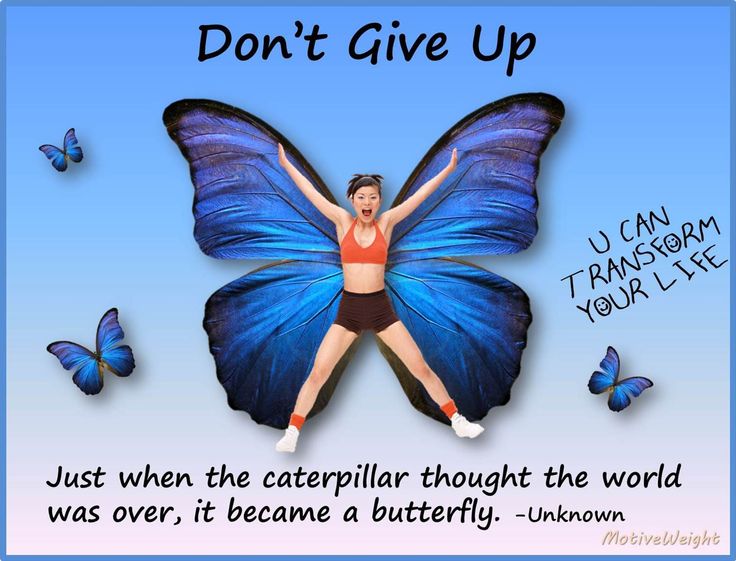
Quand le papillon sort, la chenille cesse-t-elle d'exister ?
When a butterfly appears, caterpillar ceases to exist?
Nous sommes allés au camp d'été ensemble, Et il y avait cette chanson sur Cecil la chenille .
We were at summer camp together, and there was this song about Cecil - caterpillar .
Contenu potentiellement inapproprié
Les exemples vous aident à traduire le mot ou l'expression cherchés dans des contextes variés. Ils ne sont ni selectionnés ni validés par nous et peuvent contenir des mots ou des idées inappropriés. Signalez des exemples à modifier ou à retirer. Les traductions vulgaires ou familières sont generalement marquees de rouge ou d'orange.
Enregistez vous pour voir plus d'exemples C'est facile et gratuit
S'inscrire connection
Aucun result pour cette recherche.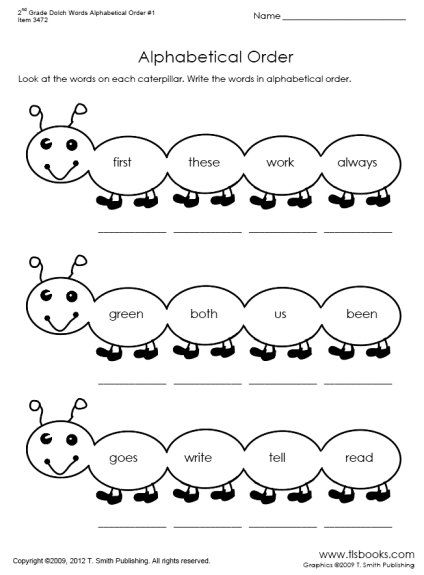
Plus de fonctionnalités avec l'app gratuite
Traduction de voix , fonctionnalités offline , synonymes , conjugaison , jeux éducatifs
Results: 69. Exacts: 69. Temps écoulé: 55 ms.
Documents Solutions enterprise conjugaison Synonyms Correcteur Aide & A propos de ReversoMots fréquents: 1-300, 301-600, 601-900
Expressions courtes fréquentes: 1-400, 401-800, 801-1200
Expressions longues fréquentes: 1-400, 401-800
Urticaria caterpillar - a therapeutic fairy tale for children
Age: 7-11 years old.
Focus: Low self-esteem. Feelings of inferiority. Fear of difficulties and failure. Key phrase: “I am the worst! Nobody needs me!"
There was a meadow in a forest on the shore of a blue lake. Every day, its inhabitants gathered near the lake: bees and bumblebees, dragonflies and bloodworms, beetles and grasshoppers, flies, mosquitoes; crawled there and a small, small caterpillar. When everyone was assembled, the ball began. Competitions were held daily for the best dance in the air.
When everyone was assembled, the ball began. Competitions were held daily for the best dance in the air.
You ask, what does the caterpillar have to do with it, because it cannot fly. Yes, of course he can't. But if you knew how she wanted to learn it. And every time she crawled to the holiday, to at least take a glimpse of the wonderful dancing-flights and dream.
So on this day, when almost everyone was already assembled, our caterpillar crawled and, as usual, hid behind a burdock leaf.
The ball has begun. The sound of wings was heard in the air: then the first dancer took off - a fat, important bumblebee. But before he could start his dance, the voice of a fly that found a small caterpillar was heard:
— What are you doing here?
— I just wanted to… — the Caterpillar started, but she was interrupted:
— What did you want? What did you want? Why did you come here at all, you're a nasty, useless Urticaria Caterpillar, even birds don't eat you.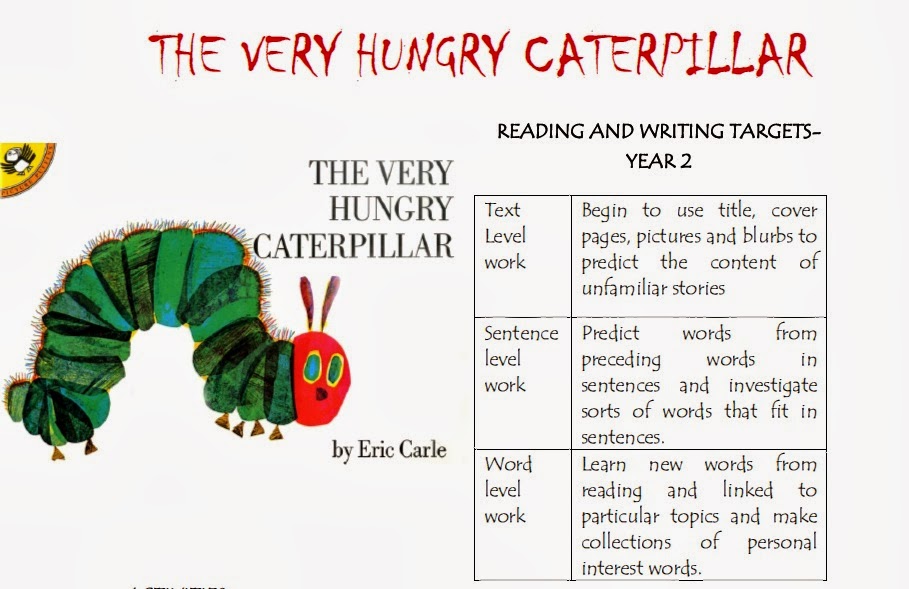 And you can't fly. Fu, what a nasty, ugly Caterpillar!
And you can't fly. Fu, what a nasty, ugly Caterpillar!
“Yes, I am a mediocre, useless Caterpillar. And I don’t know how to fly,” thought the Caterpillar quietly and sadly crawled away from the clearing to the chuckles and cries of the happy owners of wings.
The caterpillar did not know what to do next, she was very hurt, so hurt that she wanted to die. She huddled in the darkest corner and wept bitterly. She wept and wept until she had shed all her tears, and she had surprisingly many of them, and then she became thoughtful.
“How unfair the world is,” thought the Caterpillar, “why does it happen that everyone loves some because they are needed, while no one loves others because they can’t do anything, even fly!”
But it doesn't happen that way, it's not fair! It can’t be that no one needs me, I just need to try to do something, I need to try very, very hard, and what if then I can learn to fly ?! thought the Caterpillar and suddenly felt that something was happening to her.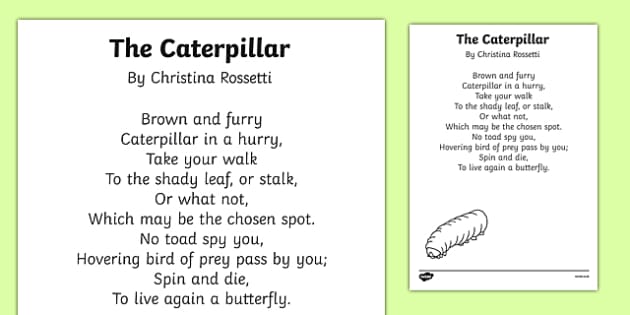 She began to secrete a strange sticky liquid in the form of a small cobweb and wrap herself in it. The caterpillar wound and wound with this sticky thread until it was completely covered with it.
She began to secrete a strange sticky liquid in the form of a small cobweb and wrap herself in it. The caterpillar wound and wound with this sticky thread until it was completely covered with it.
And then she fell asleep. And she dreamed that she was learning to fly, learning long and hard. And at first she doesn’t succeed, but gradually she succeeds. And, although it is difficult for her, the Caterpillar does not retreat, because she really wants to fly.
The Caterpillar woke up because she had nothing to breathe; she seemed to have grown, and the cradle became small for her. The caterpillar tensed up and tore the walls of its house. How long did she sleep! Exactly a year had passed since the last time she saw the sun and the meadow. And then the Caterpillar remembered how she learned to fly. It seemed to her that it was not in a dream, but in reality, and if she tries, she will fly.
The caterpillar reached the edge of the leaf it was sitting on and… flew away.
It was extraordinary. The caterpillar laughed with happiness and flew, flew farther and farther. Unnoticed, she reached the very lake, near which a ball of air dancers was held.
“But today is just the day of dancing,” the caterpillar did not have time to think, when she suddenly heard:
“Look, look, how beautiful! And how smoothly and gracefully it soars in the air!
- Yes, this is a Butterfly, a beautiful Butterfly!
— Are they for me? Am I a beautiful Butterfly?! the Caterpillar was surprised and hurried to look into the mirror surface of the lake.
Oh yes... She turned into a butterfly. The caterpillar, or rather the Butterfly, even jumped with delight in the air. “What happiness!” she thought.
“Why, this is our Caterpillar,” someone guessed. “She overwintered and turned into a Butterfly, and so beautiful, too!”
And the beautiful butterfly was already spinning in a whirlwind of dance. She danced and danced until she was completely tired.





